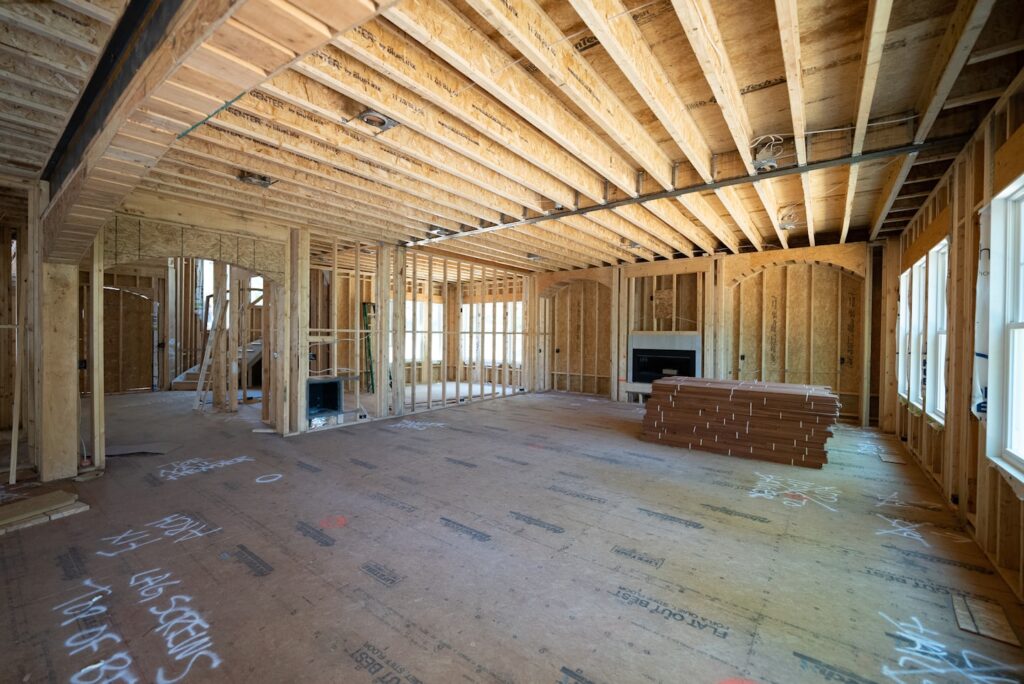Building A Custom Home
How to Build a Custom Home: Step-by-Step Guide
Building a custom home is an exciting journey, but it involves many steps. Planning ahead and understanding each phase can make the process smoother. This guide walks you through everything from finding the right land to moving into your new home.


Finding the Right Land
Before construction begins, you need a piece of land. Start by considering the location, size, and zoning laws. Some areas have restrictions on what you can build, so research local regulations before making a purchase.
Real estate platforms can help you browse available land listings. Consider working with a real estate agent who specializes in vacant land. They can provide insights on property value, utilities, and potential challenges.

Setting a Budget and Securing Financing
Custom homes come with a range of costs, from purchasing land to materials and labor. Before starting, create a detailed budget that includes:
- Land purchase
- Architectural design
- Permits and fees
- Construction costs
- Interior and exterior finishes
- Landscaping
Financing a custom home is different from buying a pre-built or a prefab house. A construction loan is often required. These loans provide funding in phases as construction progresses. Mortgage companies and banks offer various loan options, so compare rates and terms to find one that fits your budget.

Designing Your Home
Once financing is in place, work with an architect to design your home. Architects help translate your vision into blueprints that builders can follow. Some key considerations in this stage include:
- Home layout and floor plan
- Number of bedrooms and bathrooms
- Energy efficiency and sustainability
- Material choices
If hiring an architect seems overwhelming, some builders offer design services. You can also find online design platforms that allow you to customize pre-existing plans, even for multi-generational homes.

Hiring a Builder
Choosing the right builder is crucial. Research home builders in your area and read reviews from past clients. When meeting with potential builders, ask about:
- Experience with custom homes
- Estimated timeline
- Warranties and guarantees
- Licensing and insurance
Many builders work with a network of contractors and suppliers. If you want to be more involved, ask about options for sourcing your own materials or hiring subcontractors.

Obtaining Permits and Approvals
Before construction begins, permits must be secured. Also take other legal considerations into account at this stage. These vary by location and may include:
- Building permits
- Electrical and plumbing permits
- Environmental impact assessments
Local government offices or builders typically handle this step. Some permit approvals take longer than others, so factor in potential delays when planning your timeline to avoid any conflicts.

Preparing the Site
Once permits are approved, site preparation begins. This includes clearing the land, leveling the ground, and installing utilities. If the land requires additional work, such as tree removal or soil stabilization, this can add time and cost.

The Construction Process
Construction is done in stages. The general order of construction is:
- Foundation: Pouring the foundation, which may be a slab, crawl space, or basement.
- Framing: Building the home’s structure, including walls, roof, and floors.
- Plumbing, Electrical, and HVAC: Installing essential systems for water, electricity, and heating/cooling.
- Insulation and Drywall: Sealing the walls and ceilings to regulate temperature and sound.
- Interior Finishes: Installing flooring, cabinetry, countertops, and trim.
- Exterior Work: Adding siding, paint, windows, and doors.
- Final Touches: Landscaping, driveways, and walkways.
Builders provide progress updates, and inspections are conducted throughout the process to ensure safety and code compliance.

Interior and Exterior Customization
Once construction is complete, customization begins. This is where you choose:
- Paint colors
- Fixtures and appliances
- Flooring and tile
- Cabinet and countertop styles
Some homeowners prefer to take a hands-on approach, while others leave it to interior designers. Online retailers and home improvement stores offer plenty of options for materials and décor.

Final Inspections and Walkthrough
Before moving in, a final inspection ensures everything is up to code. Walk through the home with the builder to check for any unfinished work or needed adjustments. A professional home inspection can also identify potential issues before you take ownership.

Moving In
Once the final walkthrough is complete, it’s time to move in. Before settling in, set up utilities, internet, and home security if needed. If you’re furnishing the home from scratch, furniture and appliance retailers offer various options for different budgets.
Affiliate Services to Help Along the Way
Throughout the process, you’ll need various services, from real estate and financing to construction and design. Our affiliate partners provide resources to make the process easier. Explore links to:
- Real estate platforms for land purchases
- Mortgage lenders for construction loans
- Home builders with custom design options
- Interior design and home improvement stores
